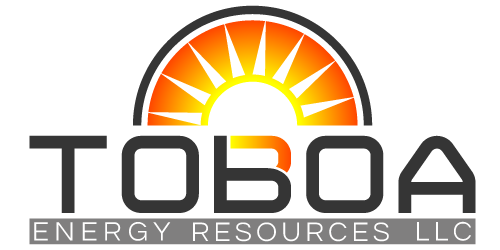Power inverters play a crucial role in modern electrical systems by converting direct current (DC) from sources like batteries and solar panels into alternating current (AC) that conventional household appliances and facility equipment can use. Whether you’re an avid camper relying on a car battery to power your electronics, a homeowner looking to harness solar energy, or a business owner interested in reducing utility expenses, understanding how power inverters work is incredibly beneficial. Read on to learn more about converting DC to AC and how power inverters work.
The Basics of DC to AC Processes
Converting DC to AC is fundamental in ensuring the compatibility and functionality of various electrical systems and devices. Direct current, typically generated by batteries and solar panels, flows in a single direction, whereas alternating current, the form of electricity provided by the grid, periodically reverses direction. Most household appliances and business equipment are designed to operate on AC power because its voltage can be conveniently transformed and distributed over long distances.
The importance of DC to AC conversion extends beyond just usability; it is also pivotal for efficiency and safety in power distribution. Alternating current can be easily managed and regulated to meet varying demands, ensuring a stable and reliable power supply. This conversion is crucial for reducing energy losses during transmission, enabling power to be delivered more economically and with less environmental impact.
Understanding Power Inverters
You now understand the basics of converting DC to AC, but how do power inverters work, and what role do they play in these processes? Power inverters function by using electronic circuits to transform DC and AC currents. This process generally starts with the DC input being passed through a transformer, which increases the voltage to the desired level. Next, the high-voltage DC is rapidly switched on and off by transistors or similar components, producing a series of small pulses.
These pulses are then fed into an oscillator circuit, which crafts a smooth, alternating sine wave or other waveform shape. The resulting AC mimics the electricity typically supplied by the grid, allowing it to be used effectively by standard household appliances and other equipment. Modern power inverters may also incorporate additional features like voltage regulation, thermal protection, and fault detection to ensure efficient and safe operation.
Types of Power Inverters
Power inverters come in various forms, each suited to specific applications and requirements. The most common types include pure sine wave inverters, modified sine wave inverters, and square wave inverters. Pure sine wave inverters produce an output that closely resembles the smooth, naturally occurring AC power from the grid, making them ideal for sensitive electronics and equipment.
Modified sine wave inverters, on the other hand, generate a step-like waveform that is simpler and cheaper to produce but may cause issues with certain devices, including increased heat generation and reduced efficiency. Square wave inverters produce a basic, blocky waveform. They are generally the least expensive, but their crude output is suitable only for simple tools and devices with resistive loads, like incandescent lighting and basic heating elements.
By efficiently converting DC to AC, power inverters make it possible to use energy from sources like batteries and solar panels in a manner compatible with conventional electrical systems. Enhance your energy systems by exploring our selection of power inverters at Toboa Energy Resources!

